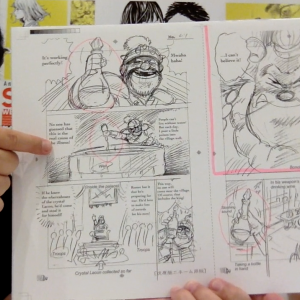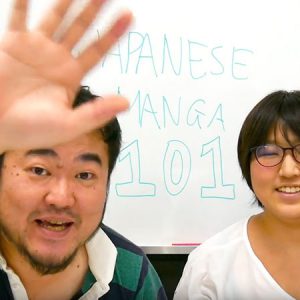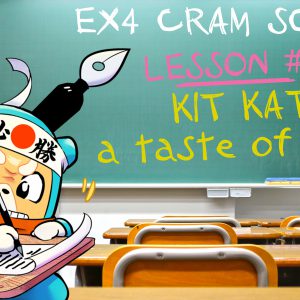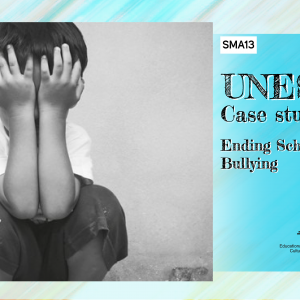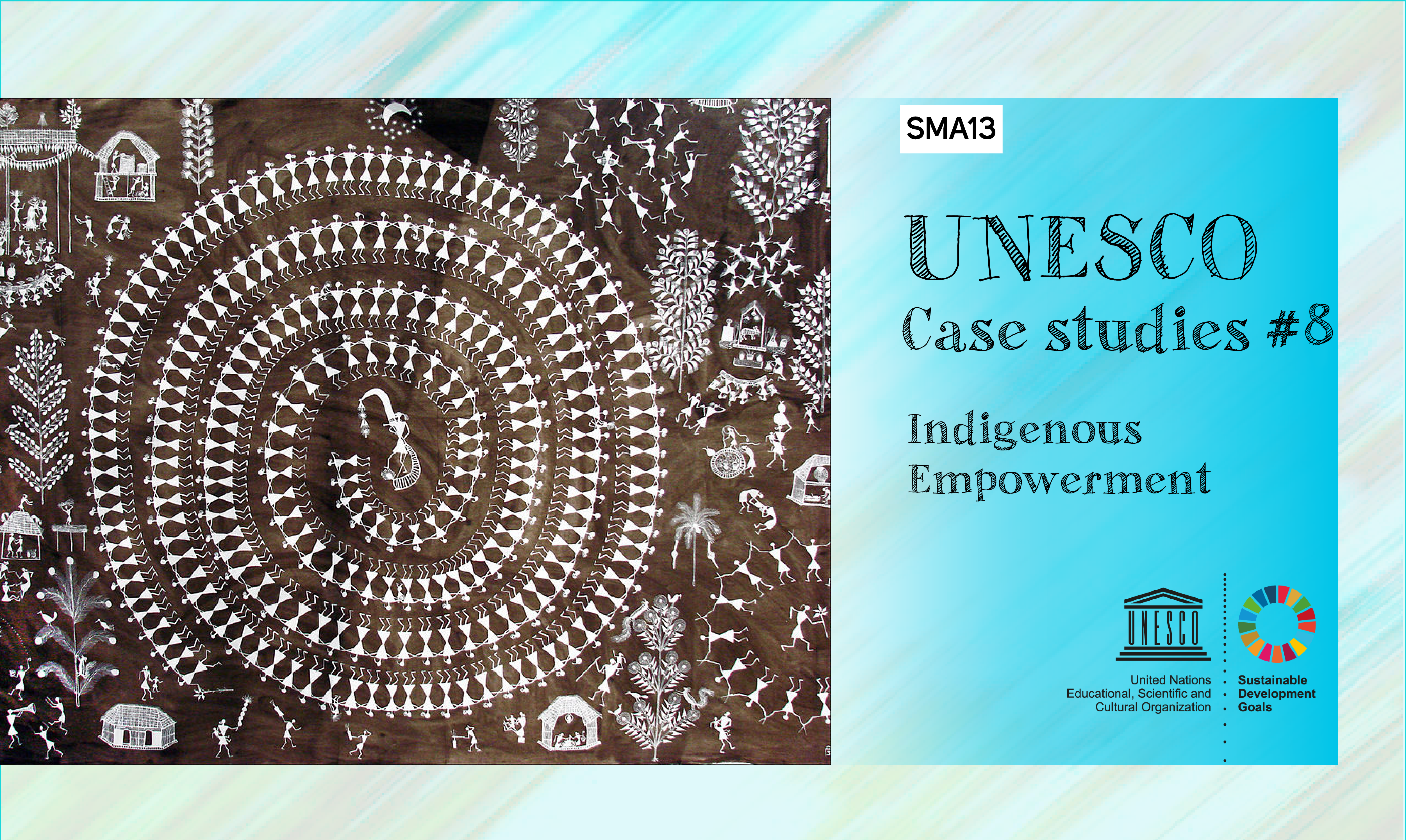
SMA13-UNESCO Round Case Studies #8: Indigenous Empowerment
Across the Asia-Pacific, indigenous communities face discrimination, forced displacement from their land, and even murder for standing up for their rights. In some cases, state officials have been the ones accused of killing activists.
Of the estimated 370 million indigenous peoples, about two-thirds live in Asia. Widespread discrimination against these communities is reflected in socio-economic status, as this 5 per cent of the world’s population accounts for almost 15 per cent of the extreme poor, according to the World Bank. Indigenous people’s life expectancy is also up to 20 years lower than that of non-indigenous people worldwide.

Marathi theatrical group, Mumbai – 1870
Even under widespread threat, indigenous peoples are the inheritors and protectors of unique cultures and ways of life, the lifeline to transmit their heritage to new generations. Amid climate change and ecosystem degradation, the traditional knowledge of these communities is increasingly valuable as models of environmental stewardship. As an urgent recent example, the devastating fires that have swept Australia this summer have highlighted how indigenous practices could lessen the risk of further harm, with the recognition that climate change is reshaping the world we will live in tomorrow.

The devastating bushfires of Australia are posing a huge threat to historical Aboriginal sites. Source/STATE GOVERNMENT OF VICTORIA
Community-based education for sustainable development (ESD) championed in UNESCO projects relies on tapping in to similar local knowledge and commitment. In the south Indian state of Karnataka, an ESD project is working with local government and tribal communities such as the Soliga, Gowdas, Havyaka and Marate to develop best practices for environmental stewardship that both maintain sustainable livelihoods and the health of the ecosystem. As seen in traditional communities the world over, the people who are closest to the land have the largest stake in protecting the environment and the most experience in doing so.

The Ainu, indigenous to Japan’s northern island of Hokkaido.
Young indigenous people are at the heart of efforts to protect their communities, traditions and cultures. UNESCO Bangkok, the Asia Indigenous People’s Pact and the UNDP have launched the Indigenous Youth Platform to coordinate and support efforts focused on human and land rights political participation, mother-tongue based multilingual education, health and education, and preserving traditional knowledge. In Bangkok in January 2020, the Youth Co:Lab project created by the UNDP and Citi Foundation brought together young indigenous representatives from across the Asia-Pacific to focus on social entrepreneurship and addressing issues such as inequality, poverty and environmental degradation.
From distinct indigenous communities, youth representatives find common cause in amplifying their voices and advocacy. Participants include activists and entrepreneurs from communities as diverse as the Dayak in Central Kalimantan; the Ladakh people of the Himalayan plateau; the Maranao of Mindanao Island; and many others. Each of these young people brings a unique story and contribution, such a young teacher, humanitarian and entrepreneur who instructs women and children self-defence to build resilience in Marawi City in the Philippines, a city recently devastated by conflict.

The practices of Australian aborigines date back centuries.
In the past 20 years, there has been growing awareness worldwide that indigenous rights and empowerment are crucial to achieving the 2030 Agenda for Sustainable Development. This is true in terms of fundamental principles of equality and social justice, but also because these communities are essential to the integrity and durability of the societies of which they are a part. Indigenous communities are unique with their own contributions to be made, but by coming together in a network with partners, their voices can finally be heard for the betterment of us all.
RESOURCES:
- Close to home: Taking action for sustainability through community-based education in Karnataka
- Championing local development through the Indigenous Youth Campaign
- Youth Colab
PENMARU’s TIP!Indigenous peoples are the keepers of our history – through their culture and practices, we can see a glimpse of where we’ve come from and where we’re going. What would loosing these communities mean to us?”





 Indigenous peoples are the keepers of our history – through their culture and practices, we can see a glimpse of where we’ve come from and where we’re going. What would loosing these communities mean to us?”
Indigenous peoples are the keepers of our history – through their culture and practices, we can see a glimpse of where we’ve come from and where we’re going. What would loosing these communities mean to us?”